The Beef Industry Long Range Plan (LRP) is developed every three to five years and lays out aggressive goals to strengthen the beef industry. As part of this initiative, the Beef Checkoff interviewed cattlemen and women across the country to hear the checkoff is helping them for long-term success on their operations.
Driggers Cattle Company, South Carolina
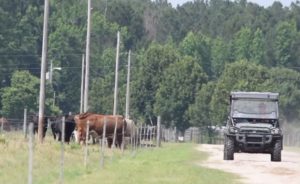 The Driggers Cattle Company was started in the 1970s and now spans four counties in North and South Carolina. They have continued to pass along the operation, and as natural beef producers, Jamie Drigger says the Beef Checkoff helps create marketing opportunities and increase consumer knowledge of beef quality, resulting in the ability to grow their operation.
The Driggers Cattle Company was started in the 1970s and now spans four counties in North and South Carolina. They have continued to pass along the operation, and as natural beef producers, Jamie Drigger says the Beef Checkoff helps create marketing opportunities and increase consumer knowledge of beef quality, resulting in the ability to grow their operation.
“We want to create a product for the consumer that they desire,” says Drigger. “[The Beef Checkoff] has raised consumer awareness in quality, which is important to us because we try to focus heavily on our genetics. The checkoff has allowed us to do that by promoting a product that is good-quality, safe, it’s nutritious, and they are going to want to be return customers.”
How does the Beef Checkoff Help?
The Beef Checkoff plays an important role growing and maintaining beef demand, thus opening new opportunities for cattle producers to sustain their businesses for generations to come. That includes keeping close tabs on what consumers want in terms of end products, as well as sharing information regarding safe and sustainable beef production carried out by cattle producers — ensuring that’s what they find at the meat case when they go to purchase food for their families.
It’s no small task, but checkoff investments are part of the reason that beef demand has remained strong throughout the extremely tight supplies of recent years. In fact, a study by Dr. Harry Kaiser at Cornell University demonstrates that every checkoff dollar invested has a return on investment of $11.20. That means that every dollar invested by cattle producers returns $11.20 more to an operation than would have received without the checkoff in place.

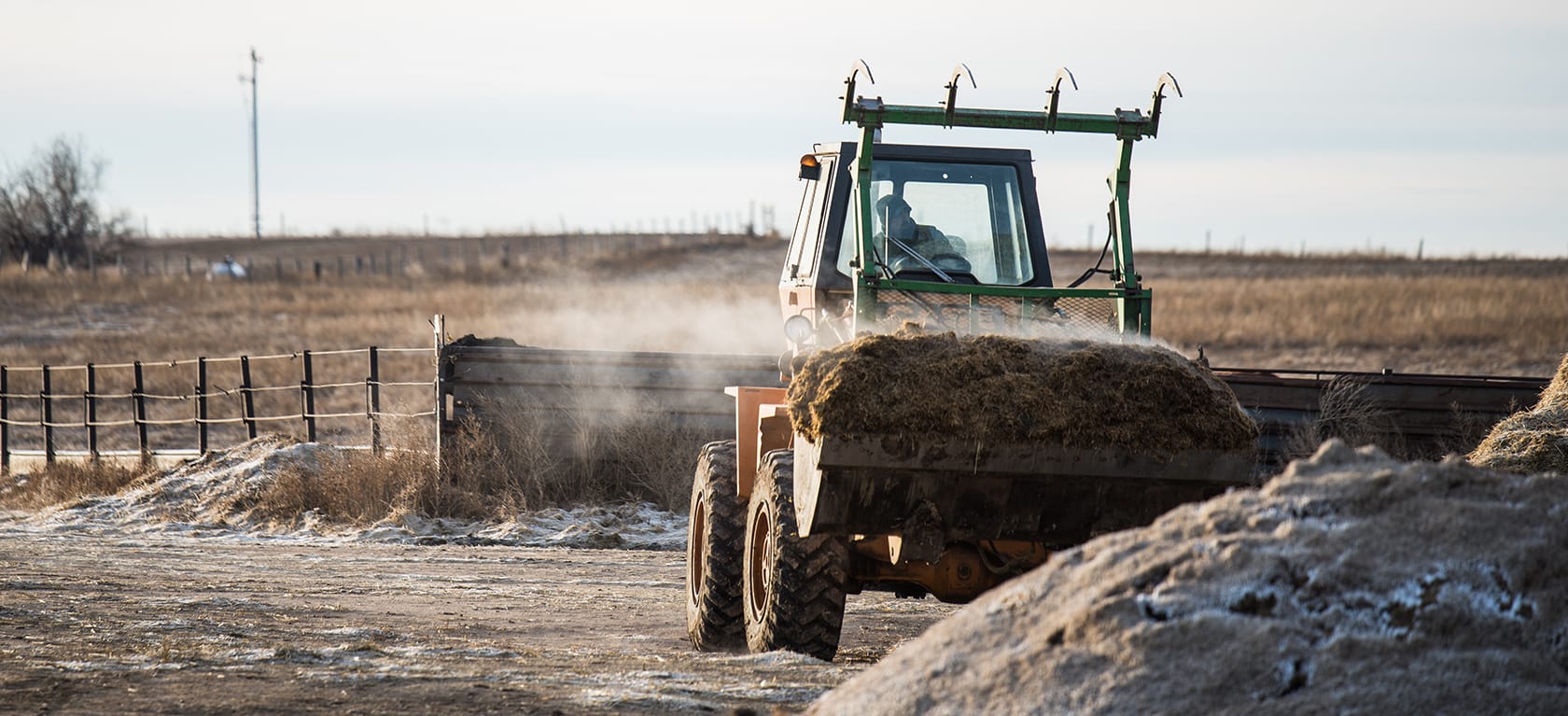
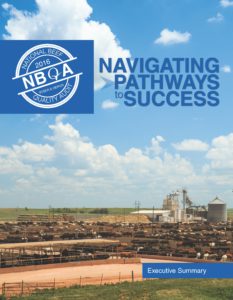 Data from the 2016 National Beef Quality Audit (NBQA) suggests the beef industry continues to improve the quality of its products, but there is still room for improvement. Results from the research were presented at a session during the 2017 Cattle Industry Summer Meeting in Denver on July 13.
Data from the 2016 National Beef Quality Audit (NBQA) suggests the beef industry continues to improve the quality of its products, but there is still room for improvement. Results from the research were presented at a session during the 2017 Cattle Industry Summer Meeting in Denver on July 13.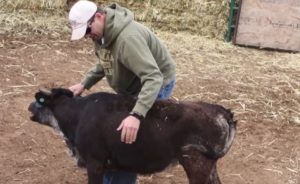 At Empire Dairy near Wiggins, Colorado, the Dinis family relies on the checkoff-funded Beef Quality Assurance program to teach them cattle-handling techniques, which allows them to sell better-quality beef, along with the high-quality milk produced at the farm. Following good management practices is part of their plan to pass the farm along to the third generation.
At Empire Dairy near Wiggins, Colorado, the Dinis family relies on the checkoff-funded Beef Quality Assurance program to teach them cattle-handling techniques, which allows them to sell better-quality beef, along with the high-quality milk produced at the farm. Following good management practices is part of their plan to pass the farm along to the third generation.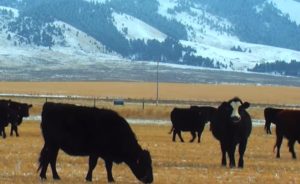 On the Townsend family farm and ranch in Montana, the business brings together many generational views to be successful. Third-generation rancher, Will Townsend highlights the Beef Checkoff programs he says have been most influential for the beef industry.
On the Townsend family farm and ranch in Montana, the business brings together many generational views to be successful. Third-generation rancher, Will Townsend highlights the Beef Checkoff programs he says have been most influential for the beef industry.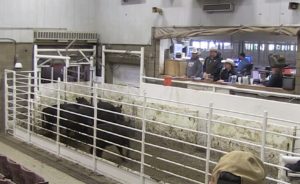 Joplin Regional Stockyards is a family business involving two generations. Jackie Moore has worked at the stockyards since the 1970s, and he says the Beef Checkoff is crucial to promoting beef not only in the U.S., but worldwide.
Joplin Regional Stockyards is a family business involving two generations. Jackie Moore has worked at the stockyards since the 1970s, and he says the Beef Checkoff is crucial to promoting beef not only in the U.S., but worldwide.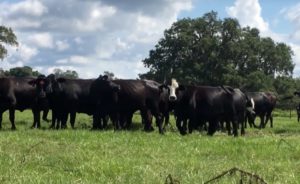 Bill Barthle, third-generation rancher in San Antonio, Fla., says the Beef Checkoff helps explain to consumers how U.S. beef is produced. He feels increasing consumer knowledge and the demand for beef, along with working to increase producer support of the checkoff will all play a crucial role in passing the beef operation onto future generations.
Bill Barthle, third-generation rancher in San Antonio, Fla., says the Beef Checkoff helps explain to consumers how U.S. beef is produced. He feels increasing consumer knowledge and the demand for beef, along with working to increase producer support of the checkoff will all play a crucial role in passing the beef operation onto future generations.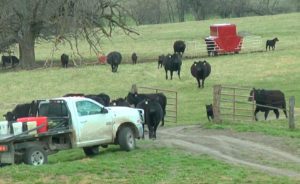 The Byergo family credits the Beef Checkoff for protecting producers and finding new opportunities to grow the industry, as well as securing a future for the next generation.
The Byergo family credits the Beef Checkoff for protecting producers and finding new opportunities to grow the industry, as well as securing a future for the next generation.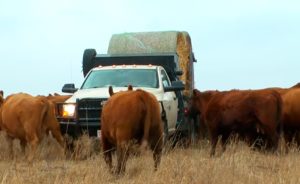 From his family’s ranch in Chase County, Kansas, Joe Mushrush says he and his wife, Connie, are dedicated to creating a viable entity for any of the family’s future generations to return to the ranch and explains how the Beef Checkoff is helping them accomplish this goal.
From his family’s ranch in Chase County, Kansas, Joe Mushrush says he and his wife, Connie, are dedicated to creating a viable entity for any of the family’s future generations to return to the ranch and explains how the Beef Checkoff is helping them accomplish this goal.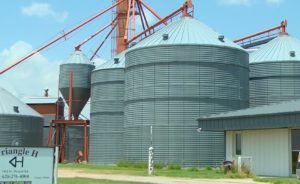 Sam Hands says business planning for future generations is a critical part of the Triangle H ranch south of Garden City. Hands was one of the first six Beef Checkoff volunteer leaders from Kansas back in the checkoff’s first year in 1986.
Sam Hands says business planning for future generations is a critical part of the Triangle H ranch south of Garden City. Hands was one of the first six Beef Checkoff volunteer leaders from Kansas back in the checkoff’s first year in 1986.